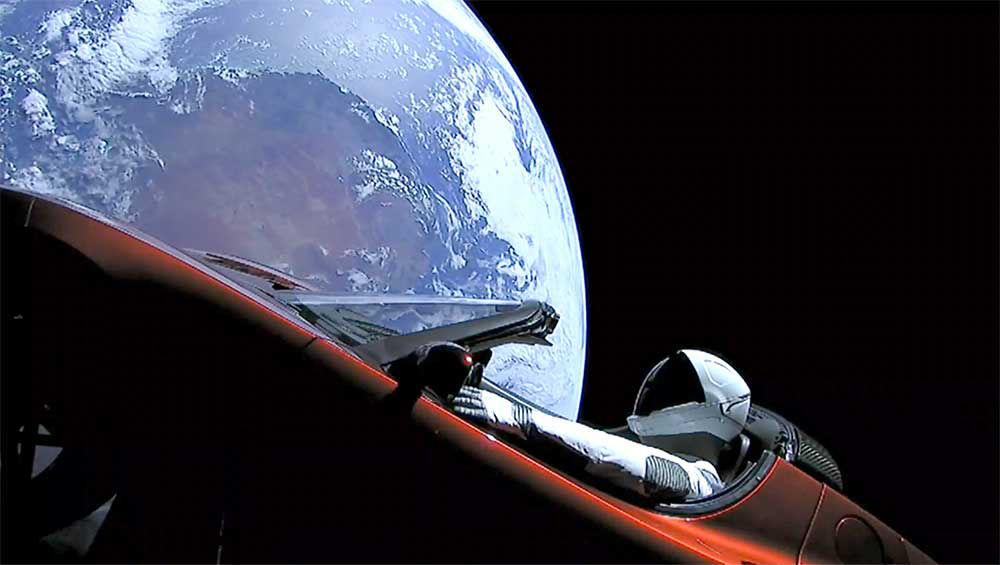When it comes to the world of the various sciences, discoveries and breakthroughs are made every day. To help you keep up with them, The Battalion has compiled a few of the most compelling scientific stories of the week.
Space: SpaceX’s Falcon Heavy launches successfully
SpaceX’s Falcon Heavy, the world’s most powerful rocket and the first rocket of its magnitude to be launched by a private company, accomplished a successful launch on Tuesday. The rocket is carrying the Tesla Roadster of the company’s founder Elon Musk, and is playing David Bowie’s “Space Oddity” as it travels through space.
Over 100,000 people came to see the rocket as it launched from Kennedy Space Center in Florida. The trajectory of the rocket will take it to Mars, then back to the Sun, in a nearly infinite loop.
At an estimated $90 million per launch, the Falcon Heavy costs a third of the price of its competitors, making it the cheapest option for commercial space flight. Before the launch, SpaceX announced they would move forward with their plan to have launches for paying customers should the Falcon Heavy launch be successful, which it now has.
Animal Science: Preserved spider with a tail found
A new species of arachnid that has what appears to be a tail was discovered preserved in amber from the mid-Cretaceous age (roughly 100 million years ago) in Myanmar. The creature is named the Chimerarachne yingi after the Greek mythological creature, the Chimera. The discovery was published in a paper in “Nature Ecology & Evolution,” authored by an international team of researchers.
The newly discovered species resembles a spider in that it has fangs, silk-producing spinnerets in its rear and male pedipalps, which are sensory organs. However, it also has a long tail, which no living species of spider has. Four specimens have been found so far, all about 2.5 millimeters in length, with a tail of close to three millimeters.
Paul Selden, University of Kansas professor and one of the paper’s authors, said the remote location of the discovery means tailed descendants of the species may still be alive in Myanmar today.
Astronomy: Planets beyond our galaxy discovered for the first time
For the first time ever, astrophysicists have discovered planets that lie beyond the Milky Way. By measuring an astronomical phenomenon known as microlensing, the bending of light due to a gravitational field, scientists identified the planets using data from NASA’s Chandra X-ray Observatory.
The planets range from the size of the moon to the size of Jupiter, and their galaxy lies 3.8 billion light years away from the Milky Way. Analyses of microlenses have previously led to the discovery of planets within the Milky Way, but this is the first time it has been used to discover celestial bodies beyond it.
The team of astrophysicists, consisting of professors from the University of Oklahoma, published their data in the Astrophysical Journal Letters.
This week in science
February 7, 2018
Photo by Provided by SpaceX
The Falcon Heavy rocket carried a Tesla Roadster with a dummy in a SpaceX spacesuit.
0
Donate to The Battalion
$2065
$5000
Contributed
Our Goal
Your donation will support the student journalists of Texas A&M University - College Station. Your contribution will allow us to purchase equipment and cover our annual website hosting costs, in addition to paying freelance staffers for their work, travel costs for coverage and more!
More to Discover










